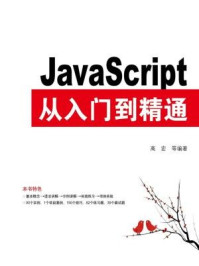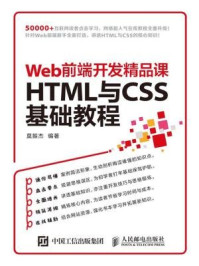




Road traffic flow is intrinsic with stochastic and dynamic characteristics so that traditional deterministic theory no longer satisfies requirements of the evolution analysis.Stochastic traffic flow modeling aims to study relationships of transportation components.The kernel is an investigation of both stochastic characteristics and traffic congestion evolution mechanism using headway,spacing,and velocity distributions.The primary contents include empirical observations,connections with microscopic and macroscopic traffic flow models,and traffic breakdown analysis of highway bottlenecks.
The book first analyzes characteristics of empirical traffic flow measurements to reveal the underlying mechanism of complexity and stochastic evolutions.By using Eulerian measurements(e.g.,inductive loop data)and Lagrangian measurements(e.g.,vehicular trajectory data),we study headway-spacing-velocity distributions quantitatively and qualitatively.Meanwhile,disturbances of congested platoons(jam queues)and time-frequency properties of oscillations,which establish the empirical foundation for stochastic traffic flow modeling.
Then we establish a Markov car-following model by incorporating the connection between headway-spacing-velocity distributions and microscopic car-following models using the transition probability matrix to describe random choices of headways/spacings by drivers.Results show that the stochastic model more veritably reflects the dynamic evolution characteristics of traffic flow.As discussions of the connection between headway-spacing-velocity distributions and the macroscopic fundamental diagram model,we analyze the probability densities and probabilistic boundaries of congested flow in flow-density plot by proposing a stochastic extension of Newell's simplified model to study wide scattering features of flow-density points.
For applications to highway on-ramp bottlenecks,a traffic flow breakdown probability model is proposed based on headway/spacing distributions.We reveal the mechanism of transitions from disturbances to traffic congestion,and the phase diagram analysis based on a spatial-temporal queueing model that is beneficial to obtain optimal control strategies to improve the reliability of road traffic flow.
We would like to acknowledge the following people for their contributions in bringing this book to completion.We are grateful to Prof.Meng Li and Prof.Zhiheng Li for their sustaining guidance and encouragement.They share per-spectives on dynamic transportation planning and traffic control approaches for the analysis of stochastic traffic phenomena.It has been a privilege for us to work with them.Thanks to Profs.Huapu Lu,Jing Shi,Xinmiao Yang,and Ruimin Li,who provided a number of valuable comments and suggestions that substantially improved this book.
We would like to show our gratitude to Prof.Wei-Bin Zhang,Drs.Liping Zhang,Kun Zhou,and Jing-Quan Li for their kind help in the FHWA—Advanced Traffic Signal Control Algorithms project.They studied the dynamic all-read extension and minimized the yellow arrival rate using vehicular trajectories,connected vehicles and eco-driving challenges on urban arterials while at California PATH,University of California at Berkeley.In addition,the book was inspired by the work of Prof.Pravin Varaiya on the exploration of magnetic sensors for travel time analysis,and Prof.Alex Skabardonis's work on PeMS for traditional loop data applications.The book has been advanced by several discussions with Prof.H.Michael Zhang,who pointed toward the deeper understanding of stochastic fundamental diagram and traffic breakdown probability model.
We also thank our former students and friends both in research and in life at Tsinghua University;they are Jin Wang,Xuyan Qin,Zhen Qian,Yunfei Sha,Liguang Sun,Runhua Qian,Jinxin Cao,Chun Xu,Shen Dong,Xinxin Yu,Xiongfei Zhang,Yuan Fang,Xiangqian Chen,Jia Wang,Chenyi Chen,Weijun Xie,Zhaomiao Guo,Yan Yan,Lijun Sun,and all other students in our program.You have provided us support on a number of research projects,brainstorming ideas in seminars or collaboration on articles.We also sincerely appreciate the friendship and generous help from my colleagues in Institute of Transportation Studies,University of California at Berkeley,Weihua Gu,Bo Zou,Yiguang Xuan,Haotian Liu,Xiaofei Hu,Lu Hao,Haoyu Chen,and Yang Yang.
Finally,Dr.Xiqun(Michael)Chen sends special thanks to his parents Yuexin Chen and Shuhuai Guo,his wife Dandan Li,his daughter Cynthia Chen,who will be born in the autumn of 2014,and elder sister Xili Chen.It would not have been possible for him to finish this book without their love and unwavering support.
May 2014
Xiqun(Michael)Chen
Li Li
Qixin Shi


